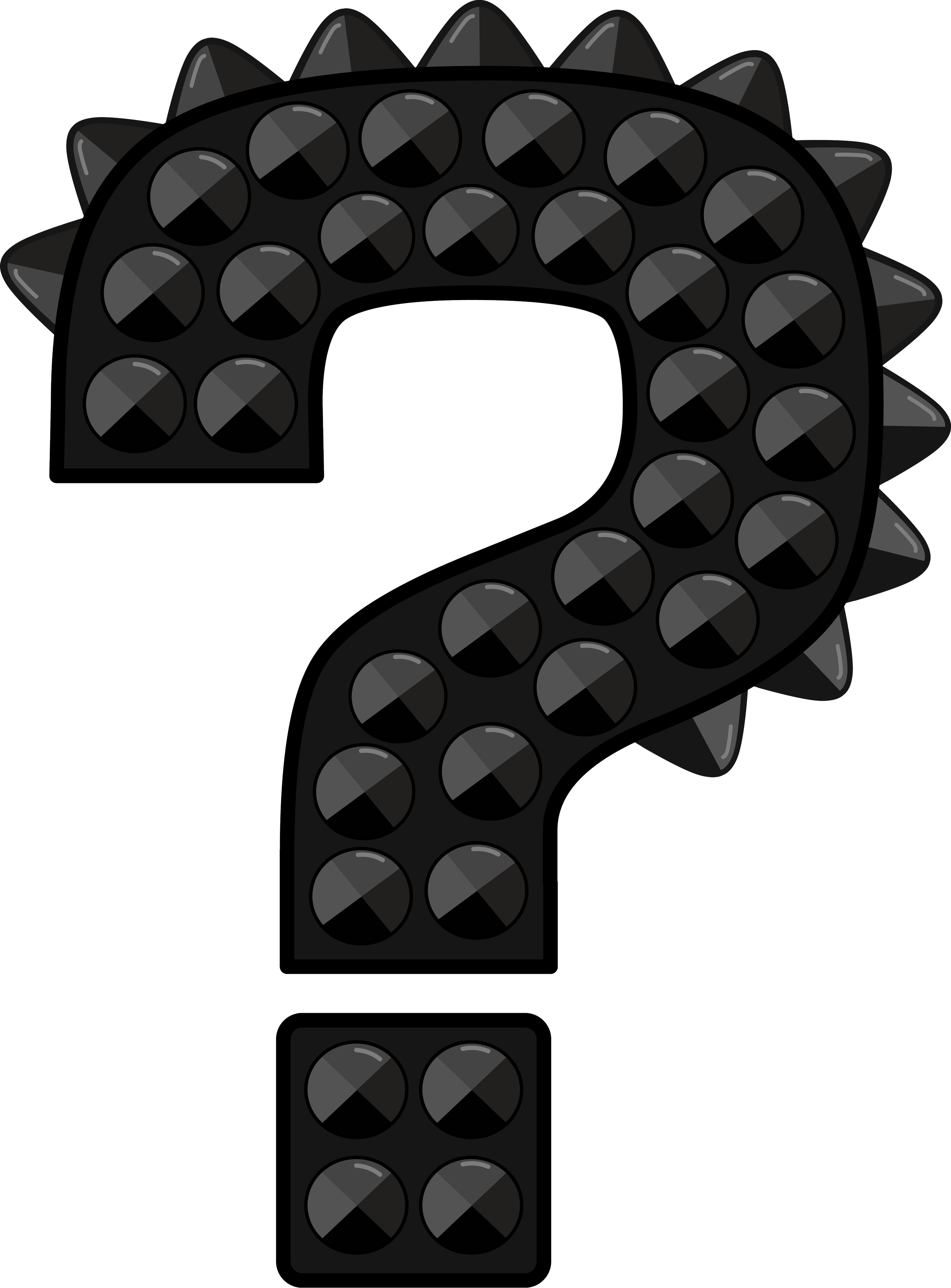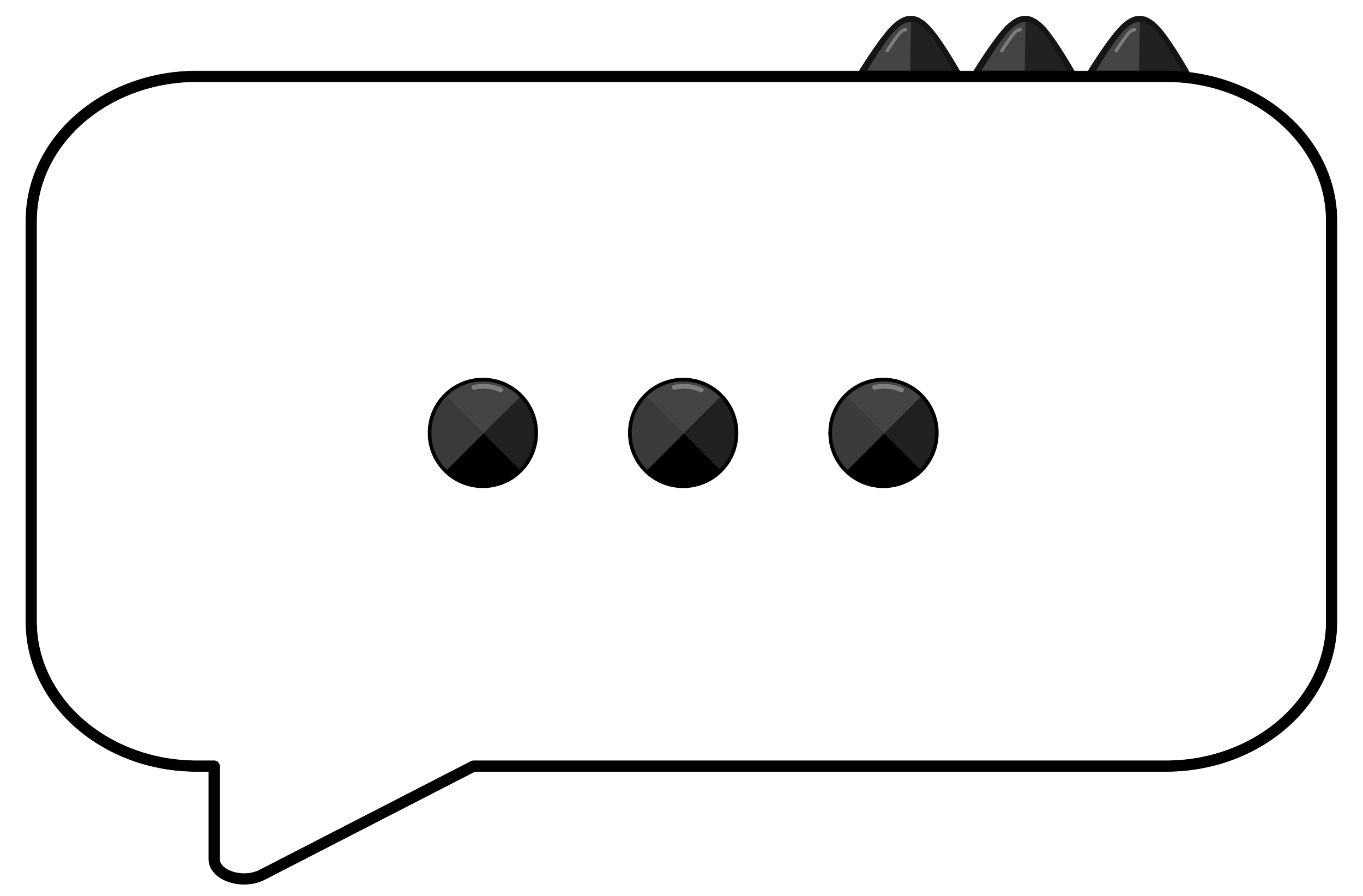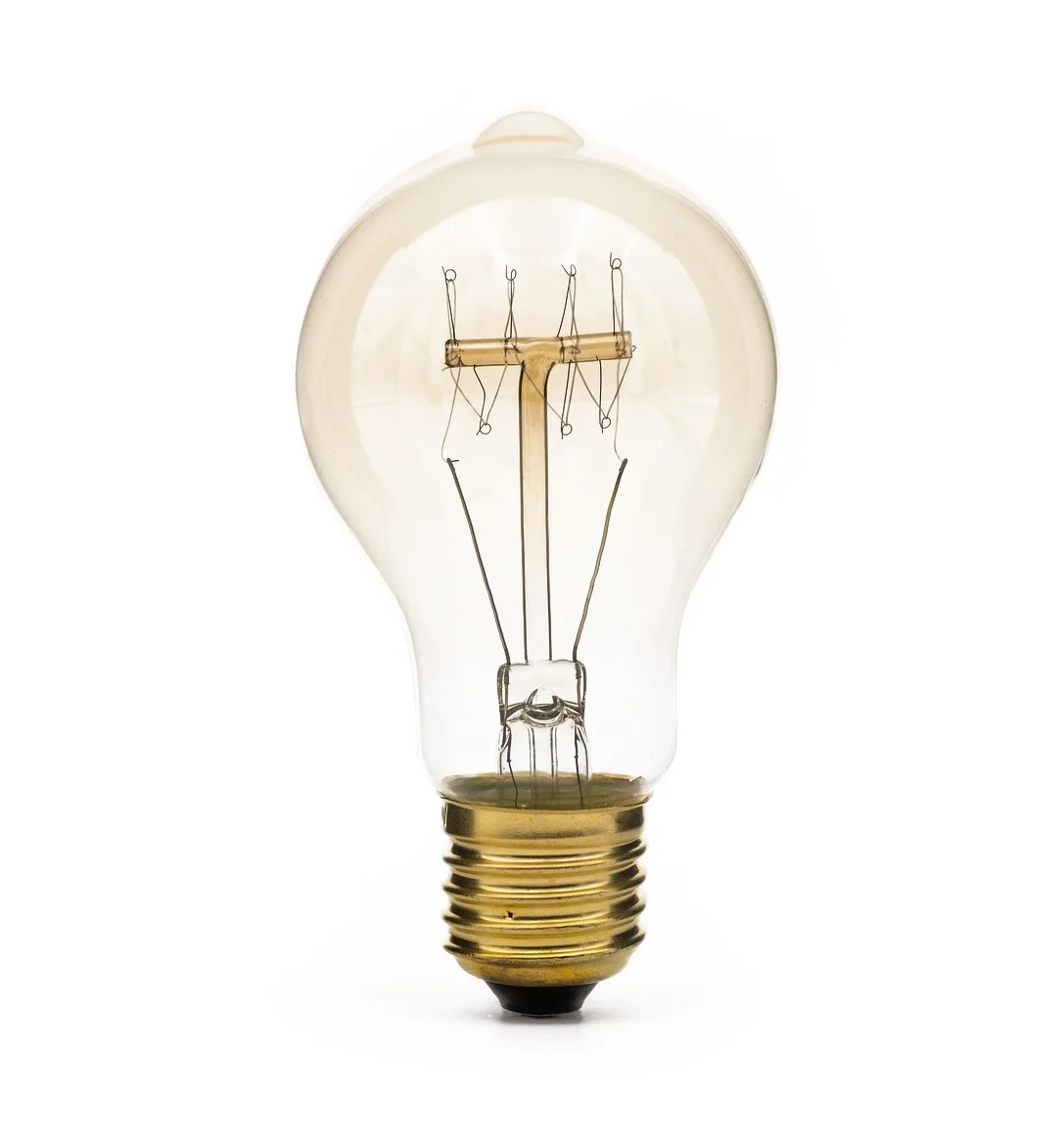5 Steps
to Creating a Logo for a Client
Creating a logo is a rewarding, yet intricate process that requires careful planning, communication, and creativity. Whether you're designing from scratch or refreshing an existing logo, the journey involves more than just sketching ideas. Below is a five-step process that will help you navigate this essential task, ensuring both you and your client are satisfied with the final product.
KAREN M HUGGINS - GRAPHIC DESIGNER
Research
Laying the Groundwork
Before you even think about pencil to paper, research is crucial. A logo is more than just a design—it’s a reflection of the brand’s identity, its mission, values, and target audience. Knowledge is power in the design process, and a prepared designer will win clients trust from the start. Here’s what you need to gather:
Are you designing a new logo or refreshing an existing one? What is the company’s history and vision? What kind of message do they want to communicate with the logo?
Client Background
What industry does the company operate? Review logos from competitors or similar businesses. This will help avoid clichés and also identify differentiation opportunities.
INDUSTRY INSIGHT
What’s the vibe of the company? Is it modern or traditional? Playful or serious? Understanding the internal culture helps ensure the logo aligns with the brand persona.
COMPANY CULTURE
Who are they trying to reach? The logo should speak to the target audience’s tastes, values, and needs. Are they young and trendy or established professionals?
TARGET MARKET
Decision Time
Do You Accept the Job?
After gathering all the necessary information, you enter the decision-making phase. This may not always be as straightforward as it seems. Here's why:
Scope of Work: Do you feel confident that you can meet the client’s expectations based on your skills and experience? If the task feels outside your area of expertise, it might be better to bow out now.
Collaboration Dynamics: Do you feel comfortable with the client’s communication style and approach to collaboration? Clear communication is key to a successful design process.
Budget and Timeline: Does the client’s budget align with the effort required to complete the project? If the pricing or deadlines are unrealistic, it could lead to problems down the road.
Deciding not to take on a project at this stage can prevent future frustrations, and ensure you’re investing your time in a project that’s the right fit for both you and your client. It's much better to politely decline at this stage than to regret it later.
Designing
Start with a Brainstorm
Once you’ve decided to move forward, it’s time to create. However, before diving into the actual design work, start with a brainstorming session to generate ideas.
The 20/20 Exercise: Take a piece of paper, set a timer for 20 minutes, and jot down/doodle 20 different logo concepts. This exercise forces you to think quickly and get ideas on paper without overthinking. No Idea is a bad idea at first.
Mind Mapping: Use words, concepts, and visual elements to map out your ideas. For instance, consider the brand’s core values, emotions, and story. These will guide your design choices.
Mood Boards: Gather inspiration from other logos, color palettes, typefaces, and images that resonate with the company’s values. This is particularly helpful in establishing the right visual direction.
Sketching & Conceptualizing: After your brainstorming session, choose the strongest concepts and start sketching. No need for perfect precision here — just get the ideas down. You can refine them at a later point.
Tip: Involve your client early on by sharing mood boards, reference designs, and even initial sketches. This feedback loop ensures you're heading in the right direction and helps clarify expectations from the start.
Feedback
Refining the Design
By now, you should have a set of potential logo designs ready to present to your client. At this point, it’s all about refining and getting closer to the final product.
Present Concepts: Present 2-3 of your best logo concepts to the client, clearly explaining your design thinking behind each. Highlight how each design reflects the brand’s personality and solves the problem.
Gather Feedback: Ask for specific feedback. Rather than vague comments like "I don’t like this one," encourage clients to provide constructive criticism—what exactly do they want to change? This minimizes back-and-forth and ensures clarity.
Revisions: Based on feedback, make any necessary revisions. Focus on the details—adjusting typography, colors, or proportions to perfect the design. Make sure you're aligned with the client's vision.
Tip: To avoid the dreaded “finalfinalfinal.psd” scenario, request specific revisions from your client. Knowing exactly what they want to change ensures that the final version is delivered with minimal rounds of tweaks.
Delivery
Congratulations, You’ve Got a Logo!
File Formats - Provide your client with the logo in multiple file formats: .AI (Adobe Illustrator), .EPS, .PDF (for print), and .PNG/.JPG (for digital). Make sure these files are optimized for both light and dark backgrounds.
Brand Guidelines - Create a comprehensive brand guidelines document. Include the logo’s color codes (Pantone, RGB, HEX), recommended fonts, spacing rules, and guidelines for how the logo should be used across various media (print, digital, signage). These guidelines help maintain consistency in how the logo is displayed across all platforms and prevent misuse.
Organized File Delivery - Ensure that the final files are organized in a way that’s easy for the client to navigate. Proper file naming and folder organization will make the client’s life easier in the long run.
Bonus Tip: After delivering the final logo, stay in touch with the client. Being available for any post-delivery questions or minor adjustments shows professionalism and helps foster long-term relationships. A satisfied client is likely to refer you to others, creating a network of potential business.
Final Thoughts
Creating a logo for a client isn’t just about designing a pretty image; it’s about capturing the essence of a brand and communicating it visually. By following these five steps —researching, deciding, designing, refining, and delivering — you ensure that you not only meet your client's needs but also create something that stands the test of time.
Remember, the logo design process is a partnership between you and your client. Clear communication, openness to feedback, and a willingness to collaborate will lead to a successful outcome. And once your logo is launched and your client is happy, it’s time to celebrate your accomplishment—and maybe get started on the next project!





